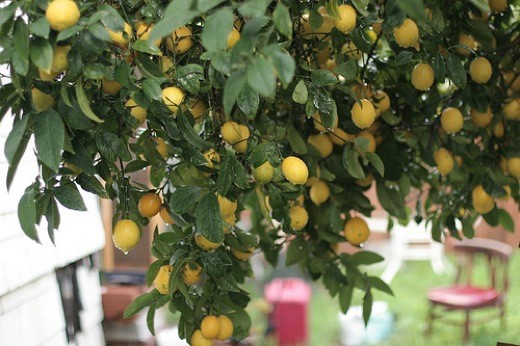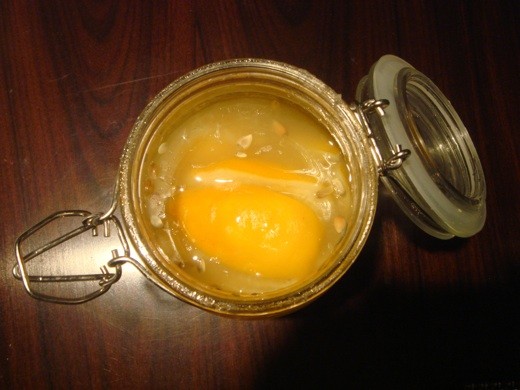When did being referred to as chopped liver become a bad thing? Chopped liver is a fantastic dish, a standout among many a Jewish deli specialty. And why is life gifting one lemons seen as being just as negative? Anyone with a highly productive lemon tree–or citrus of any variety–in their backyard or close at hand can attest to the fact that, from a culinary standpoint at the very least, its no terrible thing at alll. But lemonade is far from being the only thing one can make with a huge stock of lemons, as can so easily be had in Orange County at this time of year. So instead of dealing in clichés, make preserved lemons. The ingredients are astoundingly simple: lemons and salt. And while there is certainly no real need to preserve a lemon crop, as the fruit is available year round, there are culinary advantages brought about by this easy pantry addition. Its not as if cheese, pickles, sweet preserves or cured meats are still produced simply to meet the need for non-perishable goods. What began as a necessity for survival, preserving foods offers an array of flavors and textures still very beloved so many years deep into the age of refrigeration and processed foods.

]
Aside from a good does of vitamin C, preserved lemons wouldn't offer much sustenance in the lean months of the calendar, but nevertheless they've become a staple ingredient of Northern African cuisines, with more complicated and spicy versions of pickled citrus playing a major role in the varied cuisines of South Asia. Aside from tagines and other relatively well-known Moroccan dishes, French cooking has given the preserved lemon a bit of culinary limelight. For the French, preserved lemons could be thought of as being analogous to salsa–a condiment borrowed from a southern neighbor with a large immigrant population living in the country. As a result of the French adoption, many cookbooks offer recipes for “lemon confit.” These recipes are often over-complicated, taking preserved lemons away from their beautiful simplicity. With just lemons and salt and a bit of prep a batch can been mixed up quickly then left to sit, letting the slow interaction between salt and liquid, acid and fruit to take place: the salt draws out the juice from the lemons, making a brine for the fruit to sit in, allowing the citric acid to soften the rinds, the chemistry and time giving the citrus an entirely new taste. A tagine is a good trial dish for a first batch, to taste the lemons in what may be thought of as their natural environment, but if they become a standard flavor in your kitchen, you'll find yourself chopping them up to add into just about any dish.

Preserved Lemons
Lemons (preferably Meyers you've picked yourself)
Salt (one tablespoon for each lemon)
Sealable Jar (thoroughly washed with warm, soapy water and rinsed)
Wash the lemons well under warm water. Use a knife to cut the a very deep X into the first lemon, nearly quartering it, but leaving one end still attached. Open up the lemon and stuff one tablespoon of salt inside. Close it back up and put it in the jar. Repeat with rest of the lemons, packing them tightly into the jar. Use a wooden spoon to press them down, squeezing out the juice to cover as much as possible.
Leave the lemons to sit in a cool, dry place, opening the jar daily to press the down rinds into the brine. The level of the brine will rise as the salt pulls more juice from the fruit and from the daily pressings. If the brine doesn't cover the rinds after a few days, add the juice of additional lemons to cover. After about a week the lemons should be ready to use: the brine will be slightly viscous and cloudy, the lemon rinds softened.
To use, pull out what's left of the pulp and wash off any brine clinging to the rind. Pat dry and cut into strips or a dice and add to whatever it is you may be making–either towards the end of cooking or as a garnish, as you would with fresh herbs.

